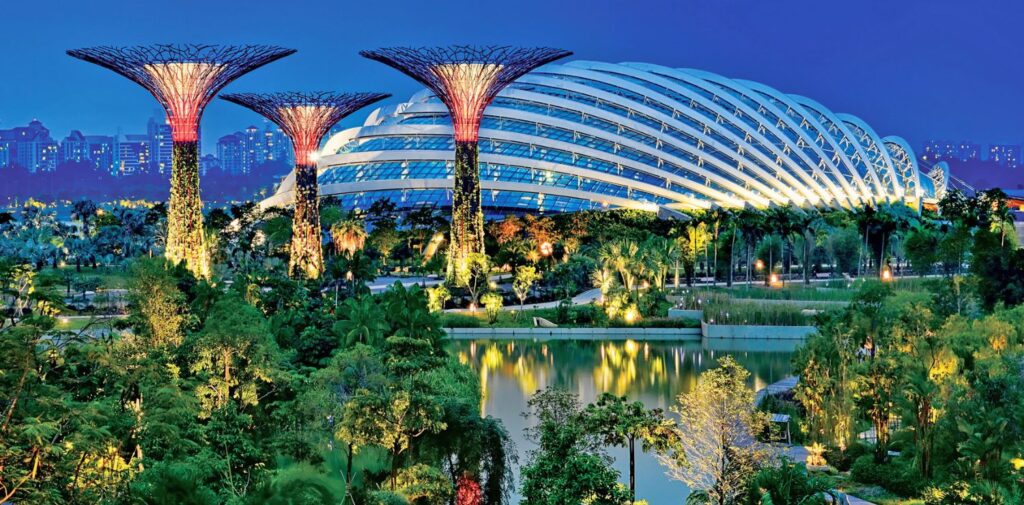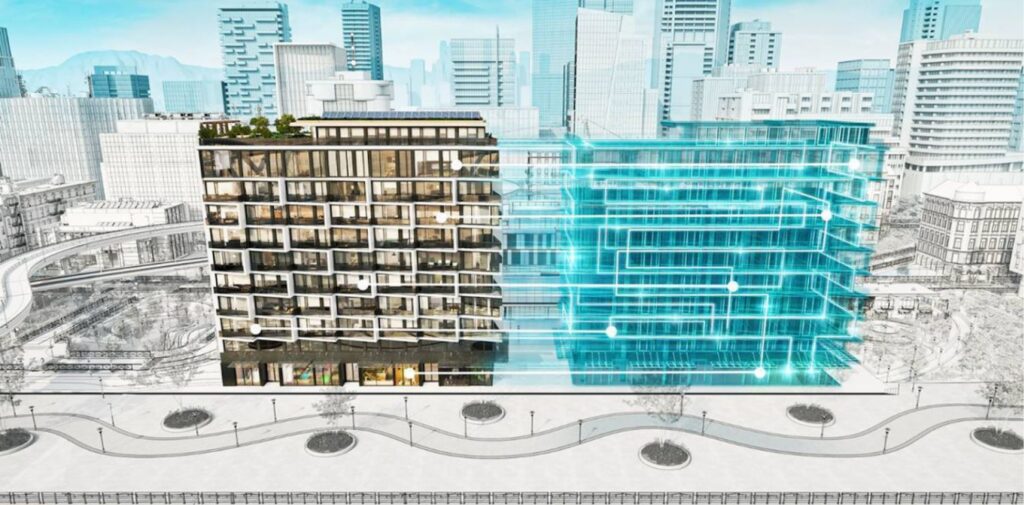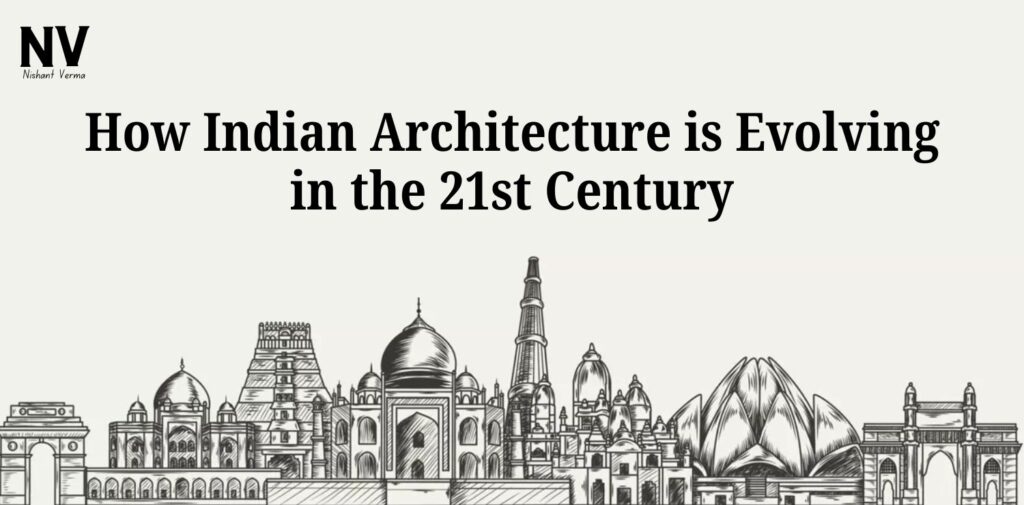Indian architecture has always been a beautiful mix of ancient traditions and modern innovations. From the majestic temples of ancient India to the colonial buildings left behind by the British, Indian architecture has always reflected the country’s rich history and cultural diversity. However, in the 21st century, architecture in India is experiencing a remarkable transformation. With urbanization, globalization, and technological advancements, the architectural landscape of India is evolving rapidly, blending the old with the new and embracing new ideas, materials, and designs. This article explores how Indian architecture is changing in the 21st century and what this means for the future of buildings, cities, and public spaces in India.
The Rise of Modern Urban Architecture
India is one of the fastest urbanizing countries in the world. With the rapid growth of cities like Delhi, Mumbai, Bengaluru, and Hyderabad, modern urban architecture is becoming a major focus. Traditional buildings, often made of stone, brick, and wood, are being replaced by skyscrapers, glass facades, and steel structures. The skyline of many Indian cities is rapidly changing with high-rise buildings and modern office spaces taking center stage.
Urban planning is also evolving, with architects focusing more on creating sustainable, functional, and aesthetically pleasing spaces. Modern architecture in India combines international styles with traditional elements, resulting in buildings that are both innovative and reflective of India’s unique identity. Glass, steel, and concrete are being used in new ways to create structures that are both beautiful and environmentally conscious. For example, the Lotus Temple in Delhi, a blend of traditional Indian motifs and modern design, has become an iconic symbol of contemporary architecture in India.

Sustainable Architecture: A Growing Focus
Sustainability is now a critical concern for architects in India. As the country faces issues such as air pollution, water scarcity, and rising temperatures, the need for sustainable architecture has become more pressing. In response, architects are adopting eco-friendly designs, using energy-efficient materials, and incorporating renewable energy sources into their buildings.
Buildings in India are increasingly being designed with a focus on reducing energy consumption and environmental impact. Solar panels, rainwater harvesting systems, and natural ventilation are becoming common features in new buildings. The use of recycled materials and the promotion of green rooftops are also gaining popularity.
One notable example of sustainable architecture in India is the Indira Paryavaran Bhavan (Ministry of Environment and Forests Building) in Delhi. Designed with a focus on energy efficiency, this building uses solar power, natural lighting, and a unique cooling system to reduce its environmental footprint. The focus on sustainability in architecture not only helps to reduce environmental damage but also promotes the idea of responsible development that balances modern needs with ecological concerns.
Fusion of Traditional and Contemporary Designs
Indian architecture has always been influenced by its cultural history, with temples, forts, and palaces reflecting the country’s diverse traditions. In the 21st century, this tradition continues, but in a more modern context. The fusion of traditional and contemporary architectural styles is one of the defining characteristics of modern Indian architecture.
Architects today are blending age-old Indian design elements such as jharokhas (overhanging windows), courtyards, and intricate carvings with modern materials like glass and steel. This fusion results in buildings that not only respect the past but also incorporate modern functions and technologies. Traditional Indian elements are being reinterpreted in contemporary ways, creating a new architectural language that reflects India’s growing global presence.
For instance, the BAPS Shri Swaminarayan Mandir in New Jersey, USA, is a stunning example of traditional craftsmanship blended with modern construction techniques. The temple, built entirely of marble and intricately carved stone, combines ancient architectural principles with modern construction methods and materials. Similarly, in cities like Jaipur, the restoration of historic havelis has led to a renewed interest in traditional Indian architectural styles, while incorporating modern amenities.

Technological Advancements in Indian Architecture
Technology has played a crucial role in reshaping architecture in India. The advent of digital design tools, advanced building materials, and construction techniques has made it possible to create innovative structures that were once unimaginable. Architects today are using computer-aided design (CAD) software and Building Information Modeling (BIM) to design and construct buildings with greater precision and efficiency.
Technological advancements have also allowed for the creation of smart buildings, which are equipped with systems that can monitor and control various aspects of the building, such as lighting, temperature, and security. These smart buildings are becoming increasingly popular in major Indian cities, where the demand for advanced infrastructure is growing. For example, the Cyber Towers in Hyderabad, a major IT hub, showcases modern architecture that incorporates smart technologies to improve building management and energy efficiency.
In addition to high-tech systems, the use of 3D printing in construction is an emerging trend in Indian architecture. This technology has the potential to revolutionize the way buildings are designed and constructed, allowing for quicker, cheaper, and more efficient building methods. With the growing interest in 3D printing, architects are exploring the use of this technology for everything from homes to large-scale infrastructure projects.
Cultural and Regional Influences on Architecture
India’s cultural diversity and regional differences play a significant role in the evolution of its architecture. Different parts of the country have distinct architectural styles that are influenced by local traditions, climate, and materials. While urban centers are embracing global modernity, rural areas and smaller towns are witnessing a revival of regional architectural styles that reflect local cultures and climates.
In the southern states, for instance, buildings often incorporate elements like sloping roofs and large verandas to combat the heat and humidity. In contrast, the northern regions see the use of traditional red sandstone, intricate carvings, and grand domes. The Jaipur Palace, Mysore Palace, and Sanchi Stupa are all examples of regional architectural marvels that continue to inspire contemporary designs.
In the northeastern states of India, the use of bamboo and locally available materials is prevalent in the construction of homes and community spaces. These buildings are designed to be in harmony with nature and the surrounding environment, showcasing a deep connection between the built space and the natural world.

The Role of Architecture in Creating Smart Cities
With India’s increasing urbanization, the concept of Smart Cities has gained significant traction. Smart Cities are urban areas that leverage technology to improve the quality of life for their residents, while also focusing on sustainability and efficient resource management. Indian architecture is playing a critical role in the development of these Smart Cities by incorporating advanced technologies and sustainable designs into urban planning.
For example, Gandhinagar, the capital city of Gujarat, is being developed as a model smart city. The city is designed with modern infrastructure, energy-efficient buildings, and smart transportation systems that aim to reduce traffic congestion and pollution. Architects are focusing on creating buildings and public spaces that are not only functional but also conducive to a higher quality of life for city dwellers. The buildings in these cities are designed to integrate seamlessly with technology, offering features such as automated waste management, smart lighting, and efficient water usage systems.
Conclusion
Indian architecture in the 21st century is evolving rapidly, with a focus on sustainability, modernity, and cultural identity. The fusion of traditional and contemporary styles, along with the adoption of new technologies and materials, is reshaping the way buildings are designed and constructed in India. Urbanization, the demand for smart cities, and the growing need for eco-friendly solutions are driving innovation in the architectural field.
As the country continues to grow and modernize, India’s architecture will undoubtedly continue to evolve, blending the rich heritage of the past with the possibilities of the future. Whether it’s the towering skyscrapers in cities or the sustainable homes in rural areas, Indian architecture will continue to reflect the country’s diversity and its aspirations for a modern and sustainable future.




